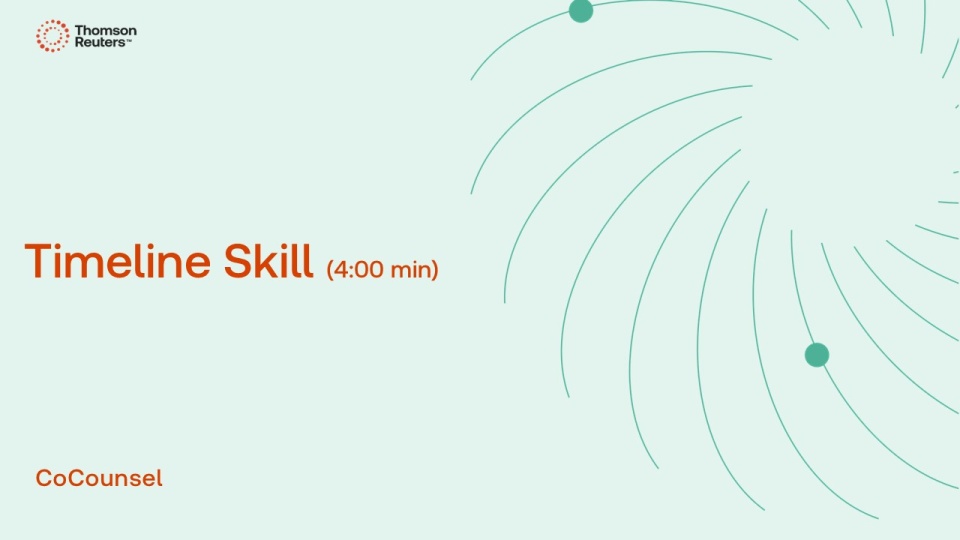Latest update to Local Government Law & Practice NSW
In this update, Lawrie Groom incorporates new material and updates existing commentary in Local Government Act 1993 relating to power of councils to finance litigation, role of councillors, body politic, relevant statutory time limit, and status of a statutory charge.
Industrial Reports: Preliminary Title Pages
The preliminary title pages for the Industrial Reports are available below.
Updates to The Laws of Australia
The following Subtitles are now updated and available on Westlaw:
Civil Procedure 5.4 “Parties and Joinder”; Civil Procedure 5.9 “Appeals”; Family Law 17.12 “Maintenance in Marital and De Facto Relationships”; Family Law 17.14 “Alteration of Property Interests”; Family Law 17.19...
Robson’s Annotated Corporations Legislation – Update 4, 2025 - Major updates to annotations following judgments on target market determinations for financial products and services
Since 2021, providers of financial products and services to retail clients have been subject to the design and distribution requirements in Part 7.8A of the Corporations Act 2001 (Cth). Following the first judgments on the provisions of the Part in the Federal Court and the former...
Expanded Cases Coverage: Fair Work Commission and Victorian Civil and Administrative Tribunal
We are pleased to announce that we recently expanded the coverage of Fair Work Commission and Victorian Civil and Administrative Tribunal decisions available on Westlaw.
NSW Uniform Civil Procedure Rules regulate the use of AI
A controversial new topic has been introduced into the Uniform Civil Procedure Rules 2005 (NSW). The Rules have been updated to regulate the use of generative artificial intelligence in the courts.
This video explains the Timeline Skill in CoCounsel, which is perfect for legal professionals needing efficient event chronologies. Generate timelines from multiple documents, identify relevant...


